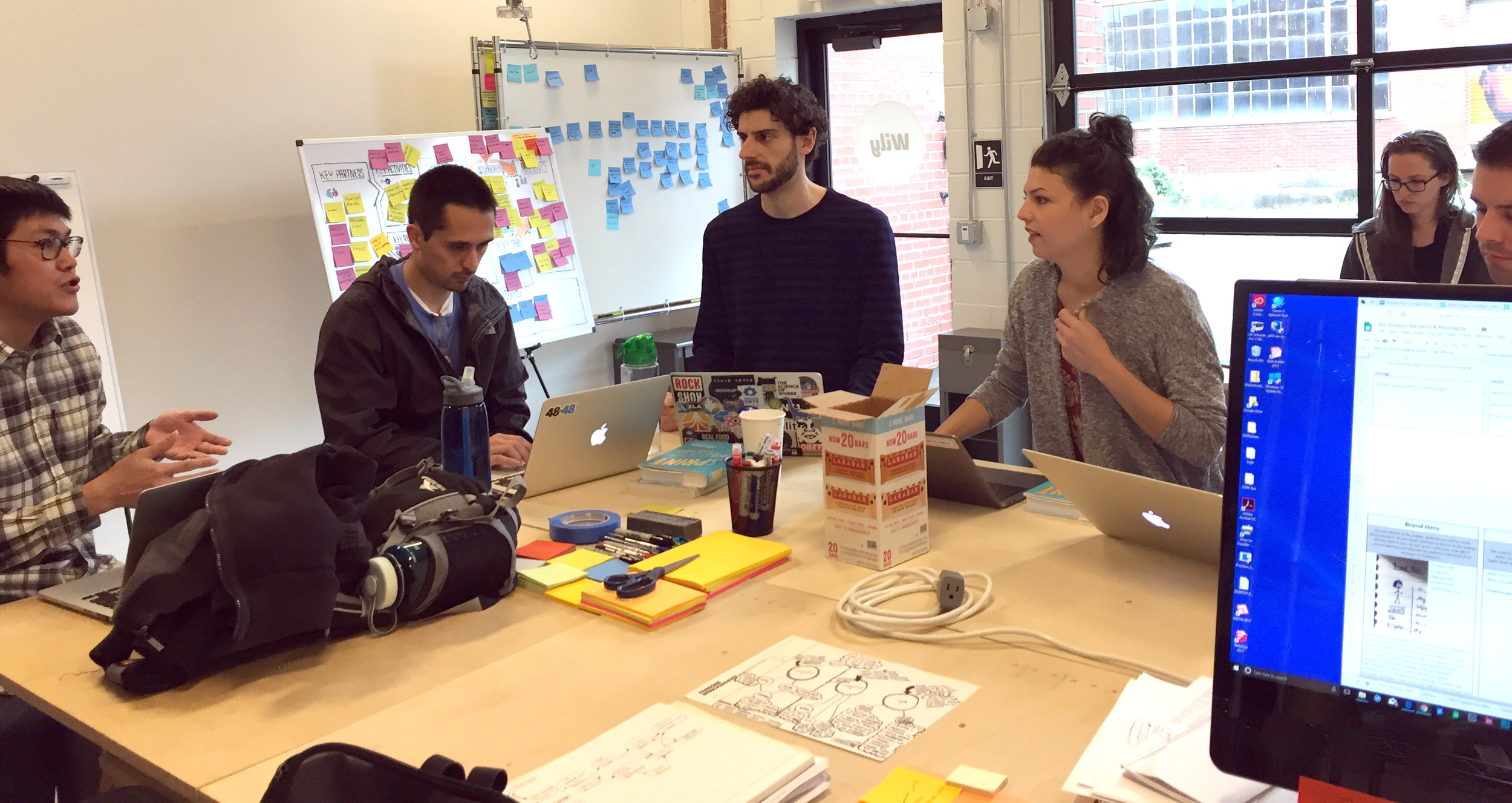How to nudge behavior and engage employees with Decision Sprints
It’s June 2018, and the American economy is humming along. The national unemployment rate dipped to 3.8% and we just saw the 91st consecutive month of job gains. This is good for everyone, employers and employees alike. But it has resulted in a significant problem for some employers: retaining talented employees.
A strong economy means lots of companies are hiring. This allows employees the freedom to look for other jobs. A friend who is a manager at his workplace told me about his company’s struggle to keep talented employees: “Cole, it’s harder to keep great talent than to find it when the economy is this strong.” I asked him why employees were leaving his company. He gave me answers you’d expect to hear:
The grass is greener on the other side.
Employees find jobs with better compensation.
Workers aren’t as loyal anymore.
There are too many job-hoppers.
Those are all fair observations and in some cases, they are true. But I’d wager if you got honest feedback from employees who left their jobs, their reasons would be more complex. Their feedback may reveal that the employer is passing the buck on to the departing employee. The employer doesn’t realize that their organization’s culture is a big part of the problem.
Decision Sprints can nudge your organization’s culture
If you’ve got a problem retaining talented employees, there’s probably not a single reason why. And there definitely isn't a one-size-fits-all solution. Thankfully, the Decision Sprint is a simple solution you can implement to improve employee engagement and collaboration—all while focusing your team on the critical challenges your company faces.
In our recent article, Wily owner Eric Gorman showed why traditional meetings are terrible. He also explained how to run Decision Sprints as an alternative to meetings. They aren’t a panacea, but Decision Sprints change employee and team behavior (or rituals). Behavior change can nudge your organization's culture in a positive direction. And that might aid you in retaining your top talent.
Organizational culture is the sum of values and rituals which serve as ‘glue’ to integrate the members of the organization. —Richard Perrin
Listen to your employees
Decision Sprints do more than encourage employees to express their opinions and ideas. They go a step further by ensuring employees’ ideas are presented to the entire working group. Every employee’s ideas get heard:
Step 2 of Decision Sprints asks employees to present their most important challenge(s) at hand.
Step 5 asks employees to share their ideas for addressing the challenge. This creates an environment in which employees feel their opinions matter.
Step 8 allows employees to list their versions of the step-by-step details needed to implement the team’s selected idea.
Have you ever been in a meeting with six people where two of your coworkers dominate the conversation? And when the meeting finishes, you didn’t have the chance to say everything you wanted to? Standard meeting structures make companies and employees vulnerable to this. And employees who don’t feel like they have the chance to share their ideas are less likely to be engaged.
Make your meetings a no-judgement zone
Creating meeting environments in which your employees can have their ideas heard is a great first step. But you’ve got to make sure your employees feel comfortable baring their souls without fear of judgement or repercussion. Not every challenge, idea, or step-by-step plan to implement ideas will be as successful as iPhones. Heck, some ideas won't receive a single vote during the Decision Sprint process.
But that’s ok! Decision Sprints encourage participants to react organically—on gut instinct. That’s because thinking too long about an idea (analysis paralysis) or holding on too tightly to one (idea infatuation) leads us astray. Decision Sprints are quick and dirty, not slow and clean. It’s not enough to provide your team members the forum to share their ideas. They need to do this without the specter of judgement hanging over their heads.
Give your employees a say
The worst thing an organization can do is ask employees for feedback, listen to them, and then do nothing. I’ve seen it many times. A manager calls a team or individual meeting. He asks for employees’ input on a critical issue facing the company. He notes their suggestions and thanks those who shared their ideas. Then—nothing happens. The ideas aren't implemented. And the employees, who finally felt like they had a voice, get crushed. They realize it was in one ear, out the other.
If you give your employees the space to express their opinions without judgement, you've got to take one final step. Let them have their say in what the final decision looks like. In Decision Sprints (Steps 3, 6, and 7 if you’re following along), everyone votes on the challenges and ideas that are most important. Employees get an equal number of votes to assign to the challenges and ideas they feel fit best. Alternatively for Step 7, teams can use the 2x2 matrix method for voting. Whatever method you use, everyone impacts the team's direction.
Key Takeaway
In thriving economies, companies must create cultures that encourage the retention of their best employees. This may seem like a tough task with lots of hills to climb. But simple, low cost solutions like Decision Sprints can help. They transform your traditional meetings from time- and brain-wasting gatherings to purposeful, inclusive jam sessions. And they make your employees feel like their opinions matter.
Want to see a Design Sprint in action? Check out our upcoming Design Sprint Bootcamp with Jake Knapp, the creator of Design Sprints and author of Sprint. Learn more about our Bootcamp at wearewily.com/training.
Cole Hoopingarner drives customer engagement at Wily, an agency that conducts Decision Sprints to help companies improve their organizational culture. Learn more about Wily's Decision Sprint training offerings at www.wearewily.com/training.

